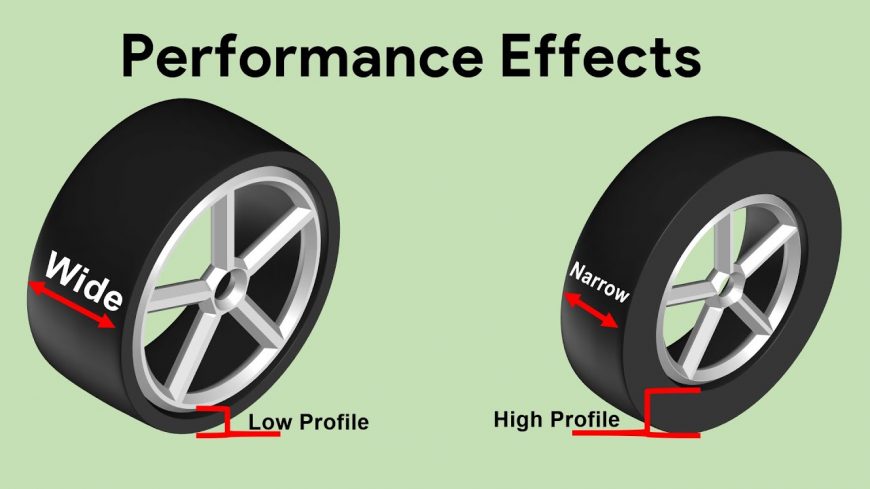Low vs High Profile Tires and How They Impact a Car’s Performance

When it comes to putting together the optimal car, whether it’s for competing in a race or taking the family on vacation, there are a lot of factors to consider. One factor that often gets overlooked, though, is the rubber sitting beneath one’s ride. Frequently, somebody will just slap on any old tire or go for the cheapest option and ride with it.
However, those in the tire industry have put a lot of thought into pretty much every dynamic that a tire can possibly have. From the tire’s size to the compound that makes it up and everything in between, there are a ton of choices that one can go with depending on the application and things can get downright confusing.
This time, we start from the ground floor and work our way up. Some of the more experienced among us might have heard a lot of this information already but for those who haven’t, it’s an important piece of knowledge to add to your repertoire whether you’re racing or not.
The topic of discussion in this one is how exactly one should handle approaching what size tire to get for their ride. Sure, the low-profile tires that are wider might look a little bit better on something like a sports car but at the end of the day, maybe they aren’t the best for those looking for ultimate performance. Conversely, on other types of rides, maybe a little bit more sidewall is what’s in order for the goals at hand.
By following along with the video below from Untangle Club, we dive into how one should be picking what size tire they want to put on their ride. No matter which direction one goes, there are going to be some pros or cons with the way that any tire impacts performance. Unfortunately, there is no one-size-fits-all perfect option for everyone but arming yourself with knowledge is definitely a step in the right direction to get as close as possible to that elusive perfect tire.

